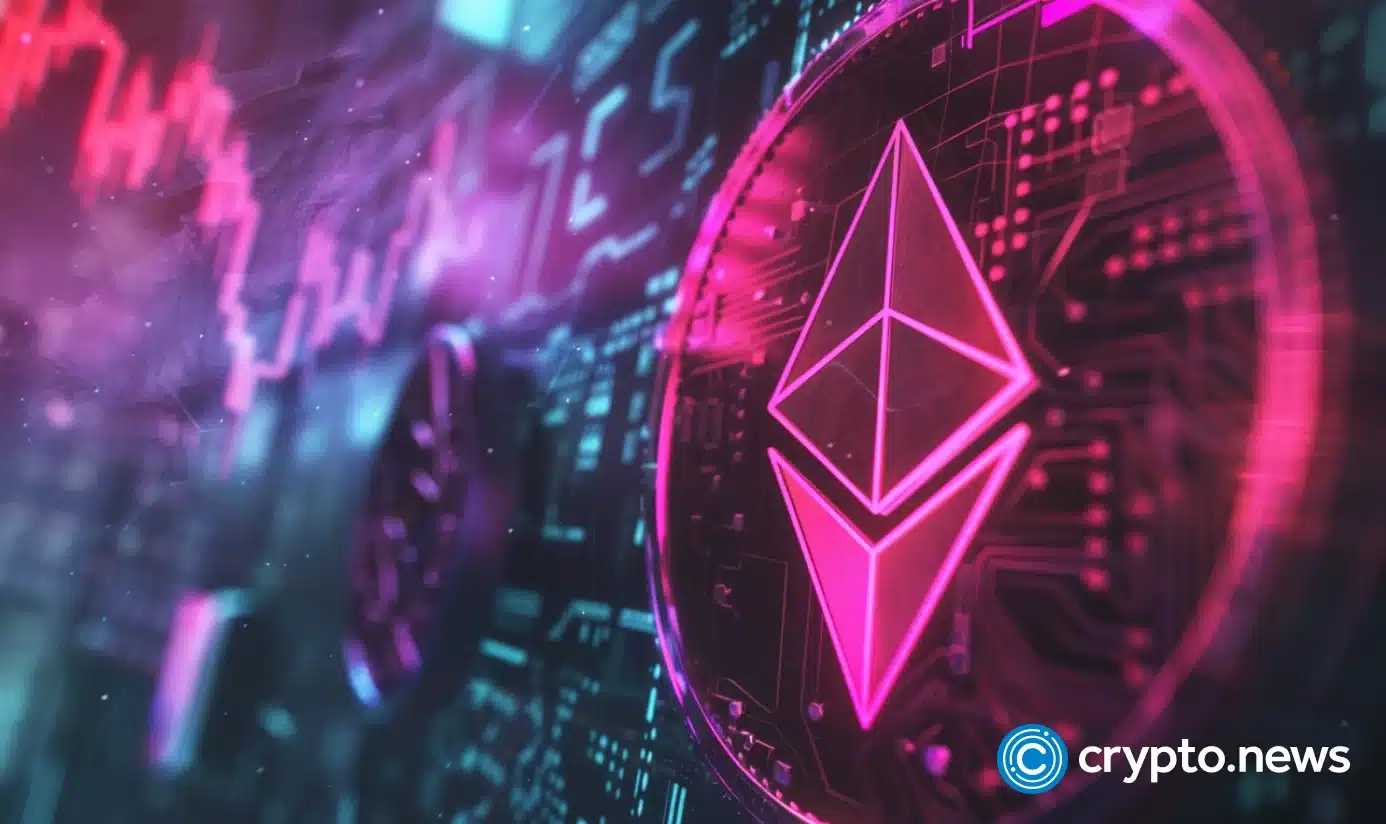
In a recent analysis published by the DeFi Report, Ethereum’s network fees generated $261 million in Q3-2024, down 47% compared to the last quarter. Ethereum’s layer 1 fees in Q3 were the lowest the network has seen since Q4 of 2020.
In “The ETH Report: Q3-24” published on Oct. 16, Ethereum(ETH)’s layer 1 in Q3 of 2024 were shown to be the lowest since 2020. The DeFi Report believes that this is due to the emerging growth of layer 2 networks, the introduction of EIP 4844, and the decrease of new crypto users in Q3.
Not only that, the report revealed that Ethereum’s Total Value Locked dropped 14% in the quarter but was up 133% over the last year. The token itself was down 21% this quarter, with more tokens being issued than burned on the network.
In their analysis, the DeFi Report stated they predicted the dip in Ethereum’s fees as a result of
the added EIP4844 update, the introduction of modular data availability network Celestia as well as new cheaper data availability networks popping up.
The launch of Uniswap Labs’ new latest layer 2 solution, Unichain, could also bring about more loss to Ethereum.
“The optics don’t look great. Fees are down. Inflation is up. Uniswap (controls 20% of gas fees to Ethereum validators) is now building their own L2,” said the DeFi Report in their latest analysis.
The founder of DeFi Report, Michael Nadeau, said Ethereum validators could use the opportunity to increase transactions and burn more tokens by driving down fees, which could boost token demand and bring in more profit for the network
“We view this as a win, win, win for app developers, users, and ETH validators or holders. With that said, as L2s scale, we expect that there could be a period where L1 validator revenues drop until the new supply of block space is ultimately filled by new use cases coming to market,” he wrote in The Ethereum Investment Framework.
Earlier this week, Nadeau commented in an X post that Ethereum validators and token holders could lose around $368 million in settlement fees paid by Uniswap with the launch of Unichain. Instead, the funds will go to Uniswap Labs and possibly Uniswap token holders.
ETH token holders could also suffer losses due to the protocol burning less ETH and the allocation of settlement fees going to UNI token holders instead.
